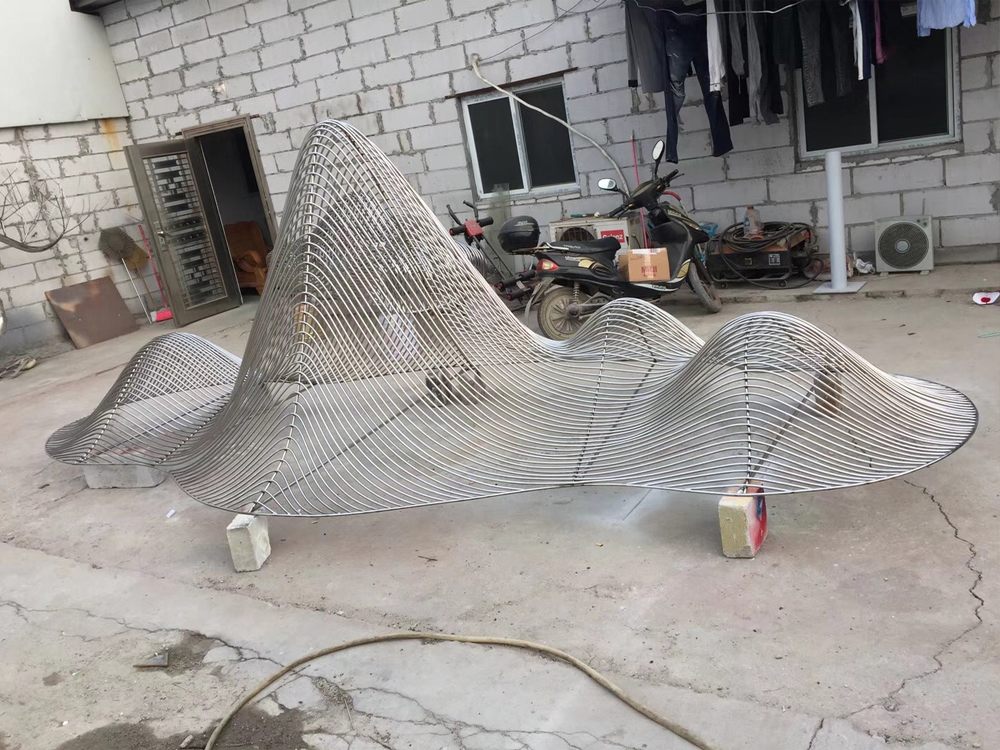
Metal sculpture exists in two distinct realms: the intimate world of studio art and the efficiency-driven domain of commercial production. While both involve transforming metal into three-dimensional forms, their purposes, processes, and outcomes differ fundamentally.
Studio art represents pure artistic expression, where sculptors prioritize conceptual depth and personal vision. Artists typically work alone or in small studios, employing techniques like welding, forging, and chasing to create unique pieces. Time constraints rarely apply, allowing for experimental approaches and evolving designs. The finished works often carry the maker's distinctive marks and tooling evidence as part of their aesthetic value.
Commercial production, conversely, focuses on creating functional or decorative items for mass markets. These operations employ standardized processes, often using molds, CNC machines, and assembly lines to ensure consistency across hundreds or thousands of pieces. Design decisions prioritize durability, cost-efficiency, and reproducibility rather than artistic innovation. Teams of specialized workers handle different production stages, contrasting with the solo creator model of studio art.
Material choices also diverge significantly. Studio artists might incorporate precious metals or experimental alloys, while commercial producers typically use cost-effective materials like mild steel or aluminum. Finishing processes differ too—hand-patinaed surfaces in studio works versus powder-coated or electroplated finishes in commercial goods.
Ultimately, studio art celebrates the unique and thought-provoking, while commercial production values accessibility and functionality. Both approaches contribute to the rich tapestry of metal sculpture, serving different cultural and practical needs in society.

